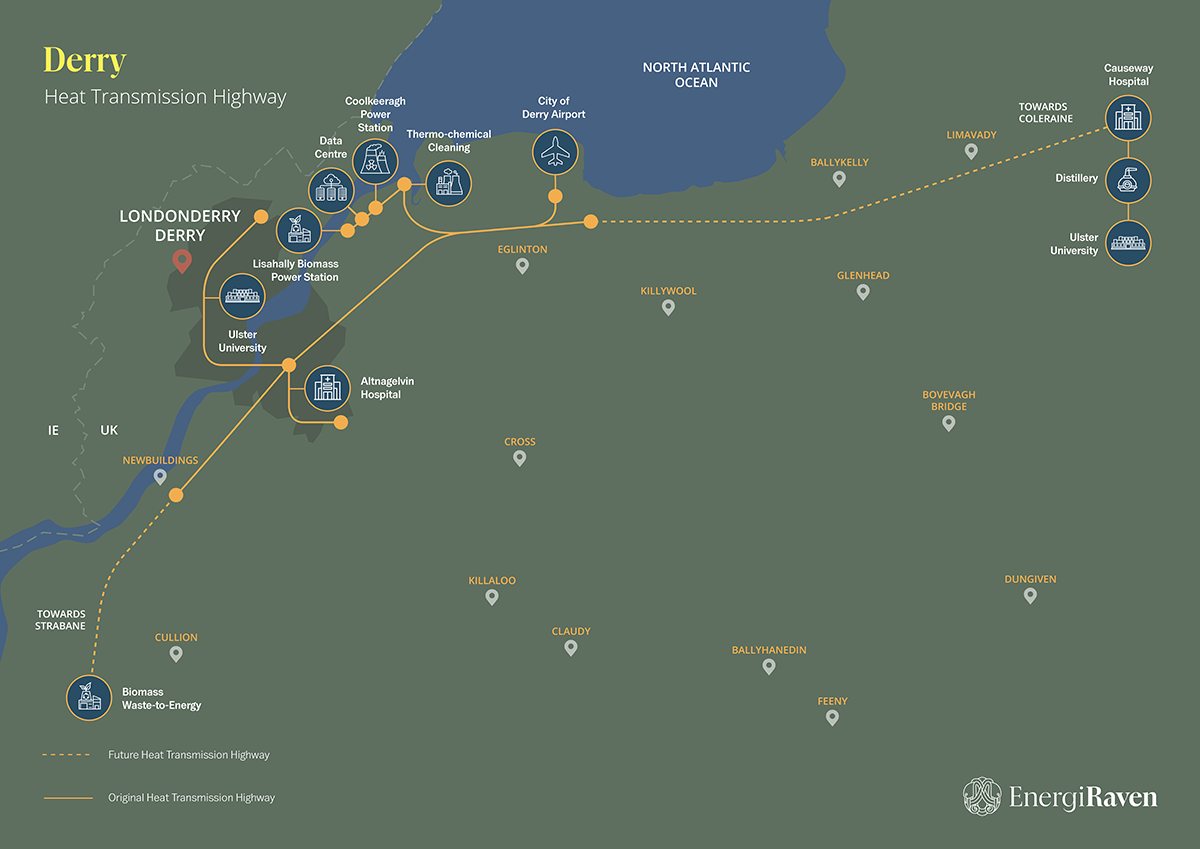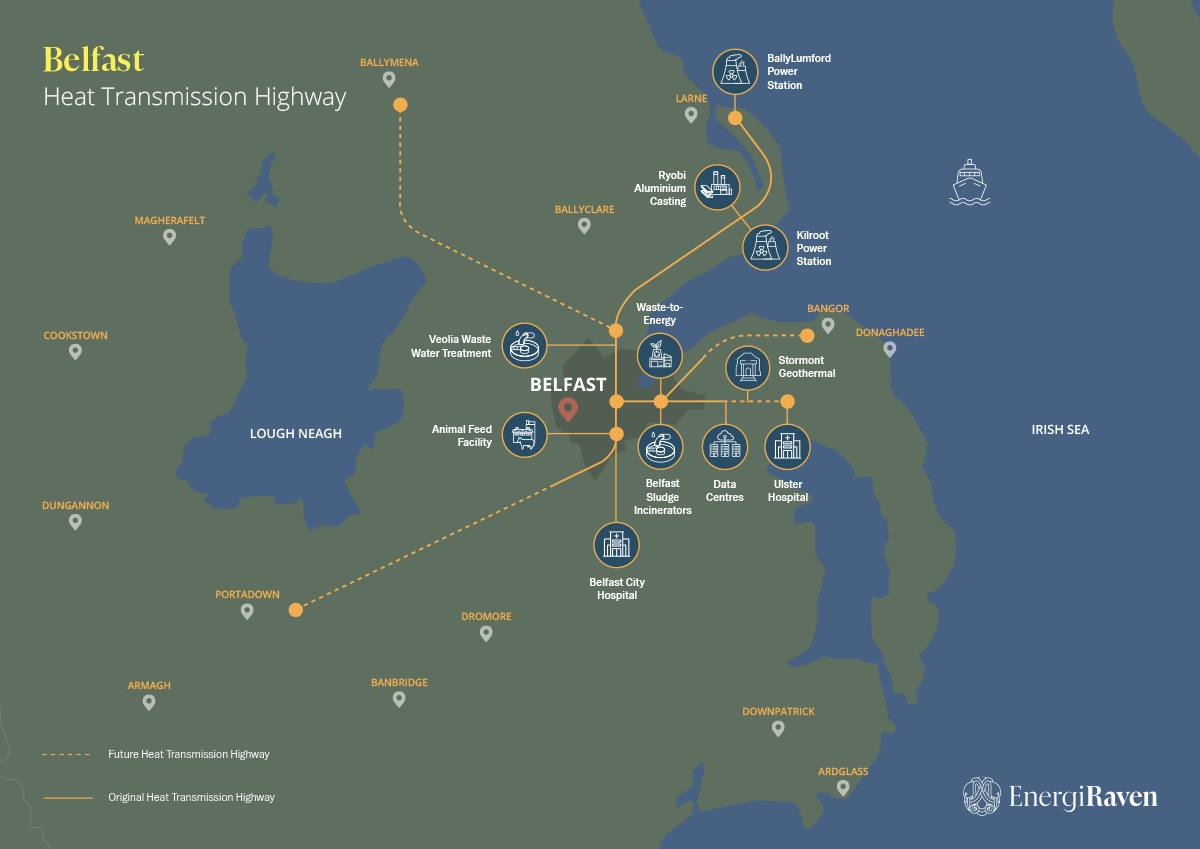HEAT HIGHWAYS
Regional-scale heat transmission infrastructure, also known as Heat Highways, is the mechanism for transporting waste heat over distance from areas of excess (commercial, industrial, renewable power zones) to local heat networks in high-density and high-demand areas such as our towns and cities. Transporting heat over 100km with minimal distribution losses is standard practice.
Decarbonising London and East of England's Heating For Good
Achieving ‘Clean Power by 2030’ requires transmitting huge volumes of green electricity from the East of England into London. However, the grid infrastructure needed to do it also presents a golden opportunity to decarbonise heating, by storing its waste heat in large-scale heat reservoirs. This circular approach can help solve London’s green heat supply challenge and establish East Anglia as a clean heat exporter.
Find out how in our latest Raven-i document.

Roadmap to Energy, Security & Net Zero
In the age of abundance, we’ve forgotten the old mantra of ‘waste not, want not’. If we desperately need clean, low-cost energy – why do we squander so much of what we already produce? Building solar parks and offshore wind farms might be exciting, but there’s a far more practical solution right under our noses: waste heat.
Data centres, power stations, factories, and wastewater treatment plants are just a few industries generating incredible amounts of excess heat that currently disappears into the ether.
With existing technologies, heat utilities can establish inter-city heat transmission highways to capture and store this surplus heat, delivering it when needed to the UK’s 17,000 heat networks.
Data Centres as a Clean Heat Source
The UK has more data centres than almost any other country with much more growth predicted, each of which generates incredible amounts of waste heat.
Most of the electrical power consumed by data centres is transformed into thermal power – that could be used to heat your home.
We can’t continue to dump heat to atmosphere, while British families struggle to stay warm.
What is the most efficient method for storing renewable electricity?
During times of surplus or “waste” electricity production excess renewable energy can be stored efficiently as thermal energy in for example large pit storage facilities, abandoned quarries or mines.
Stored for days, weeks or even months at a time this heated water can be dispatched and distributed more widely using Heat Transmission Highways to supply surrounding regions with clean and affordable home heating.
Excess Electricity to Thermal Storage
Videos

Eradicating Energy Waste with Heat Highways

Future Proofing Heat for Good

Future-proofing Heat for a Greener Future
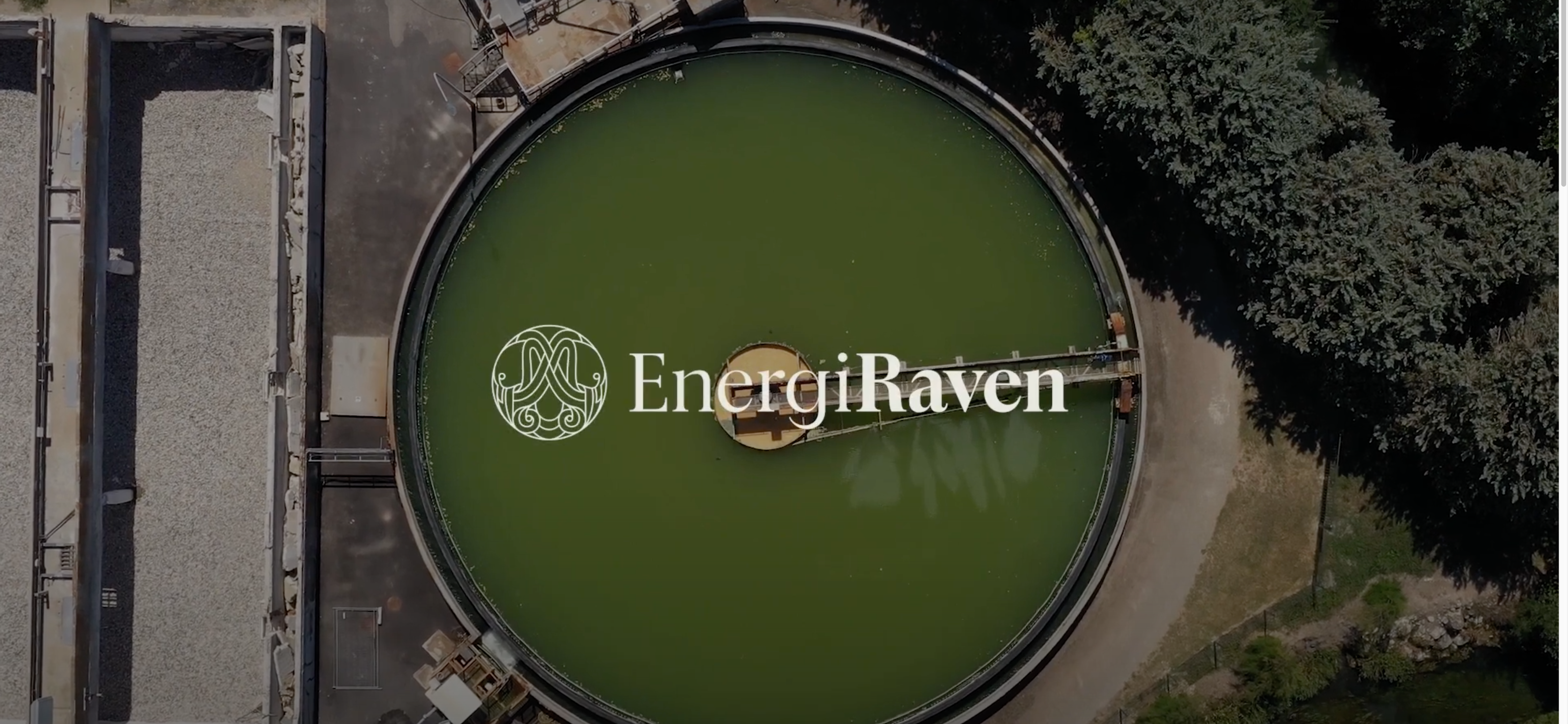
Heat Highways & Green Grids

Cost Effectively Decarbonising our Cities
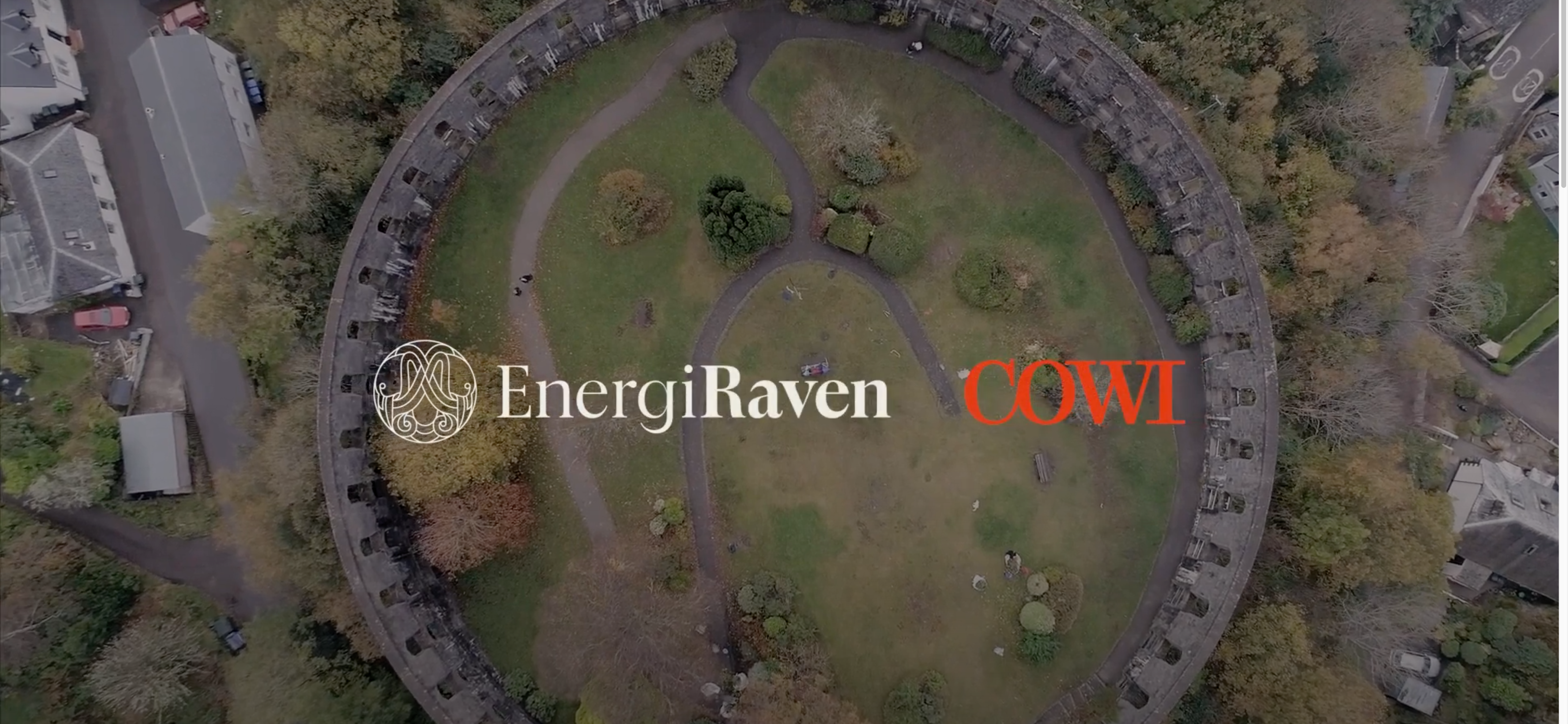
Future Proofing Heat from our Coal Mines

City Cooling Grids
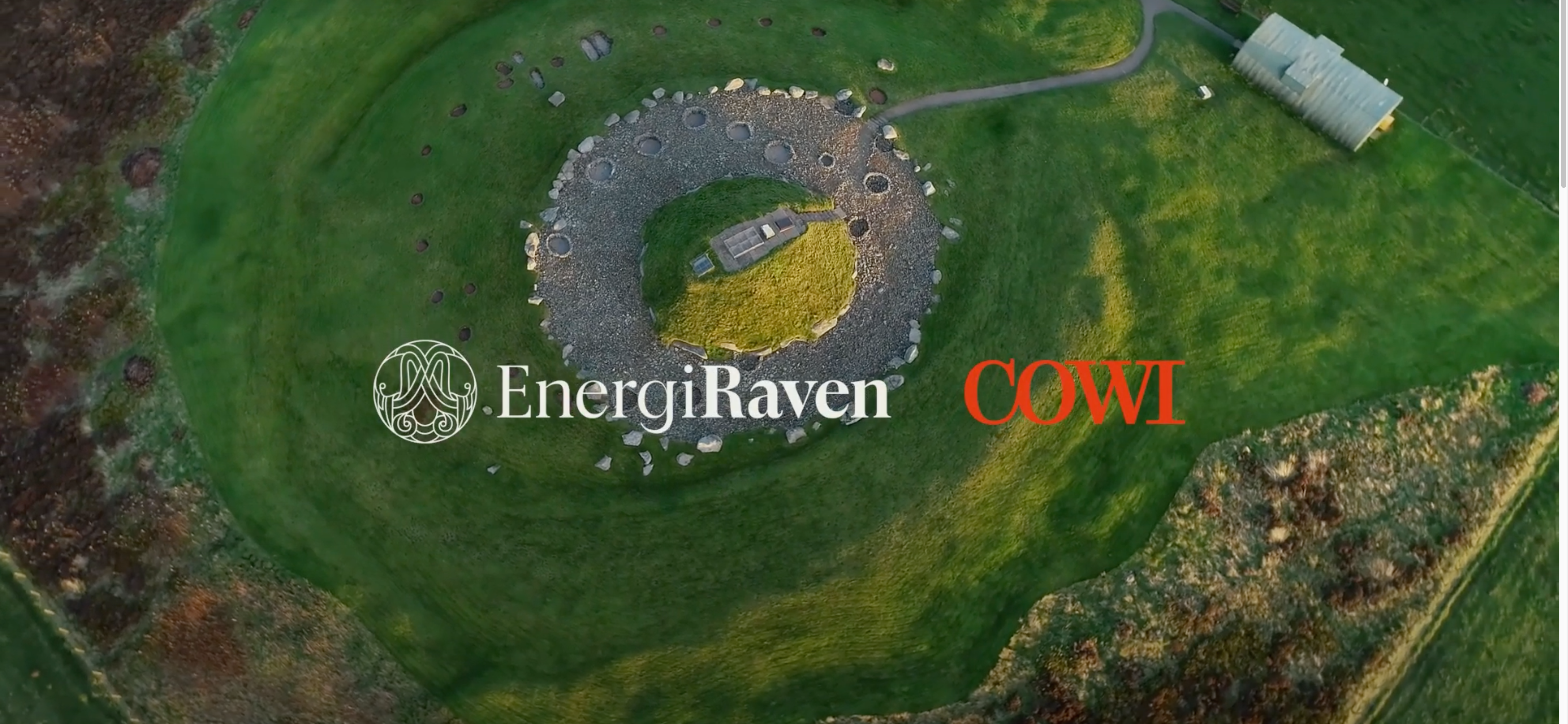
Heat Highways: Scotland’s Fast Lane
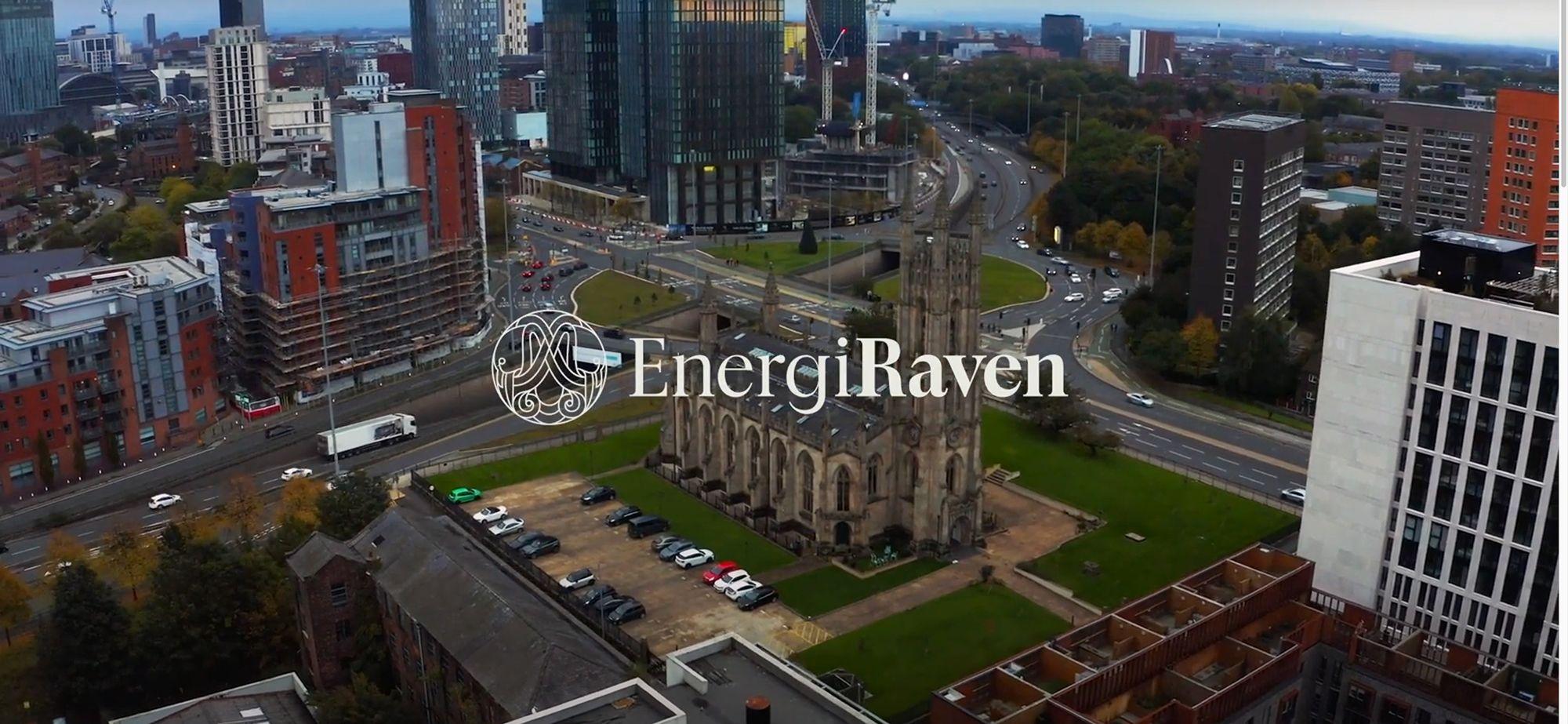
Future Proofing Heat for Mancunians
The Renaissance of Denmark’s Triangle Region
As coastal towns in the UThe TVIS Heat Transmission Highway is a collaboration across municipal boundaries, district heating companies and local businesses, that for almost 40 years has ensured a high security of supply of district heating to consumers by utilising local energy resources.
“Why does the UK continue to rely on gas while Denmark moves heat efficiently across regions?”
Explore Other Campaigns
EnergiRaven is at the forefront of the UK’s green energy transition, championing initiatives like Heat Transmission Highways and the Green Energi Haven campaign to pave the path to Net Zero.
Green Energi Havens
Green Energi Havens can unlock the full potential of British energy, creating a future where nothing goes to waste, whilst providing local economic benefits and reducing the need for imported energy.
Waste Not, Want Not!
Across our regions, abundant sources of untapped heat, such as waste incineration, industrial processes, surface water, and geothermal reserves, are waiting to be harnessed.









